Can Turnitin Detect ChatGPT? How It Works & The Accuracy

Ever used ChatGPT to help with an assignment and then found yourself wondering, “Wait… can Turnitin catch this?” You’re definitely not alone.
In this article, we’re diving into exactly how Turnitin’s AI detection works. We’ll break down what it can (and can’t) detect, how it spots AI-generated or paraphrased content, and what all of this actually means for you. Whether you’re using AI tools or just wondering what the risks are, knowing how these systems work can help you make better choices!
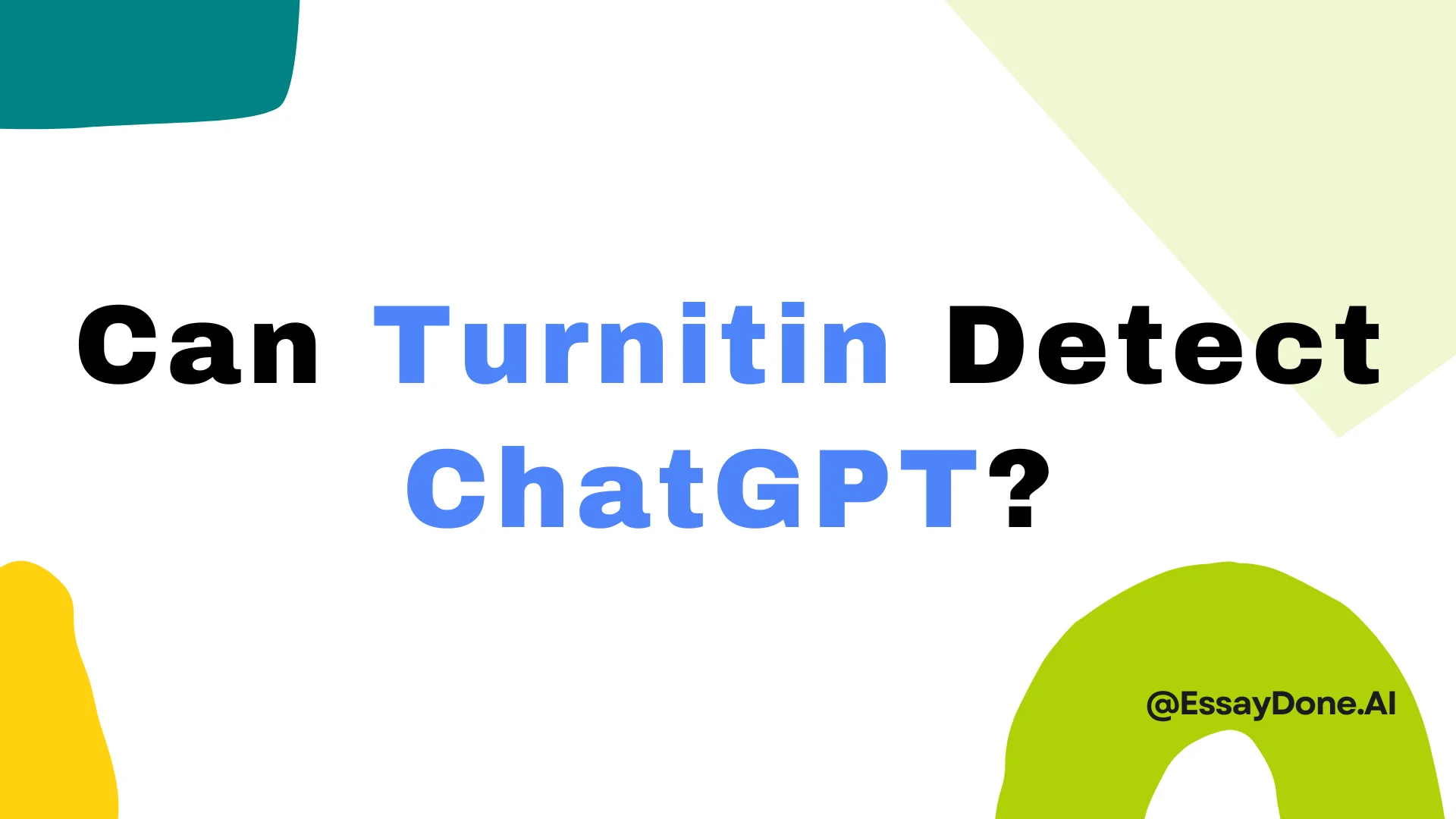
Does Turnitin Detect ChatGPT?
Yes, but it currently works only for documents written in English, Japanese, and Spanish.
Turnitin’s AI writing detection is designed to identify content that’s likely AI-generated in long-form writing for these three languages. However, AI paraphrasing detection—which flags reworded or "spun" AI content—is only available for English submissions.
Turnitin’s technology was first trained to detect outputs from GPT-3, GPT-3.5, and their variants, including tools like ChatGPT. Over time, its capabilities have expanded to recognize writing from more advanced models like GPT-4 (ChatGPT Plus), GPT-4o, Gemini (Pro), LLaMA, and others built on similar large language models.
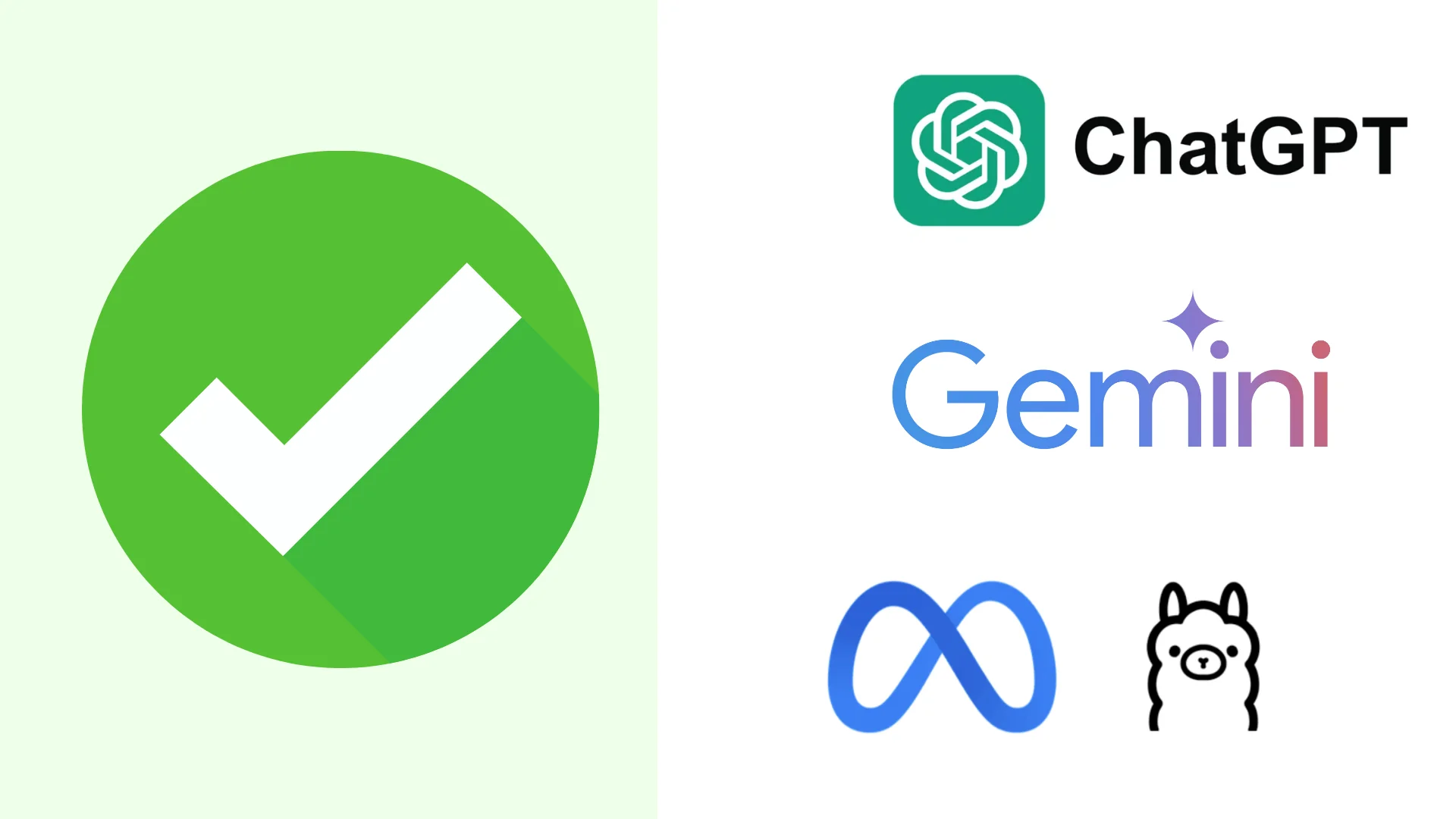
Does Turnitin Show That ChatGPT Was Used?
Not exactly.
Turnitin doesn’t name the tool—it won’t say “this was written by ChatGPT” or show which account created it. Instead, it analyzes the writing style: word choice patterns, sentence structure, and flow. Text that’s too clean, consistent, or predictable—hallmarks of ChatGPT and similar AI models—can trigger detection.
How Does Turnitin Report Detection Results?
Turnitin detection results are displayed with color indicators:
If more than 20% of a document is likely AI-generated, a blue score is shown on the AI indicator.
If AI content is present but under 20%, you'll see a subtle asterisk (*%) instead. This low-score flag helps reduce false positives and keeps instructors focused on actionable results.
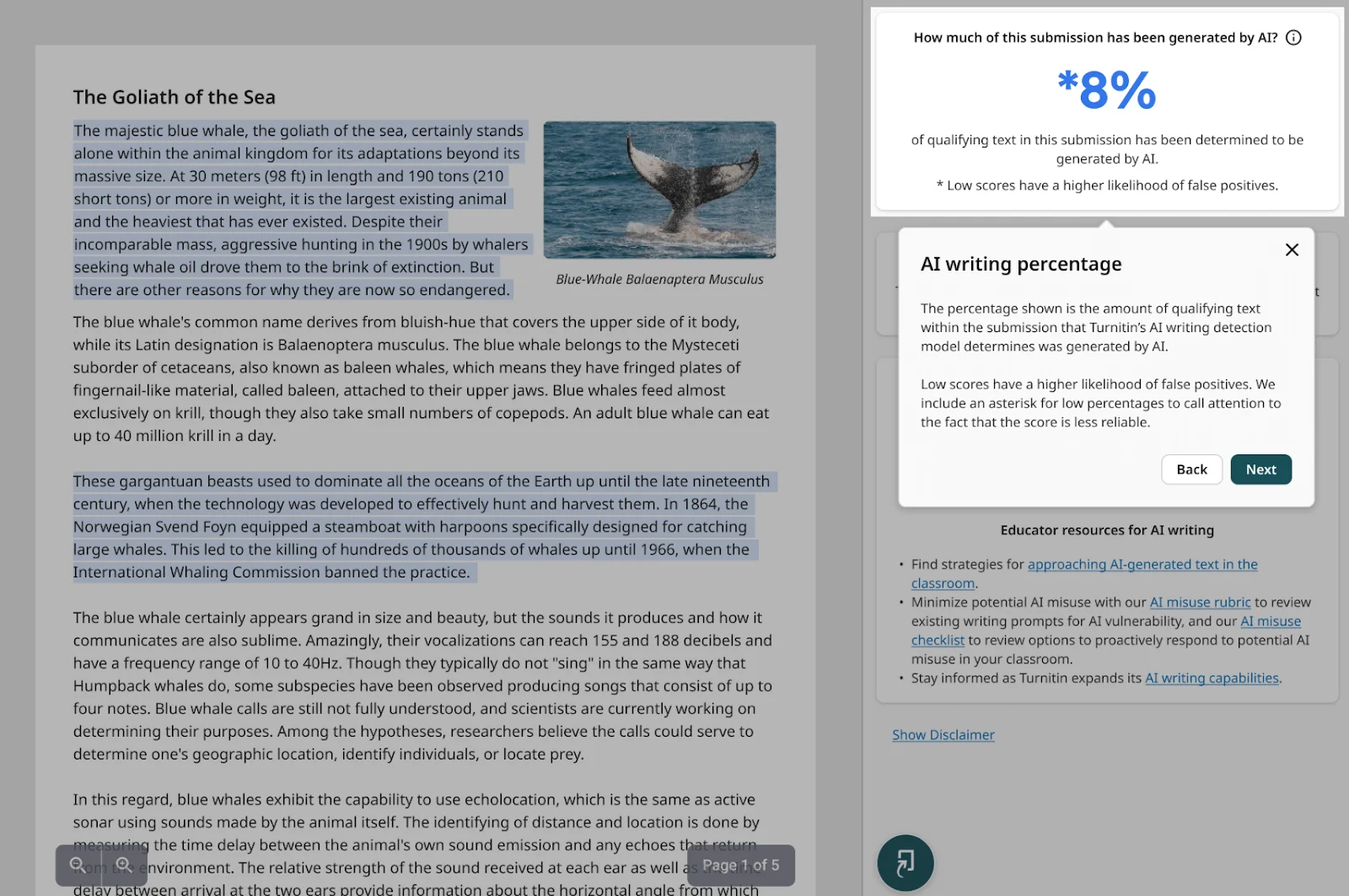
One more thing:
The AI writing score appears in the Similarity Report, which is usually only visible to instructors. Students typically don’t see the AI score unless the school chooses to share it.
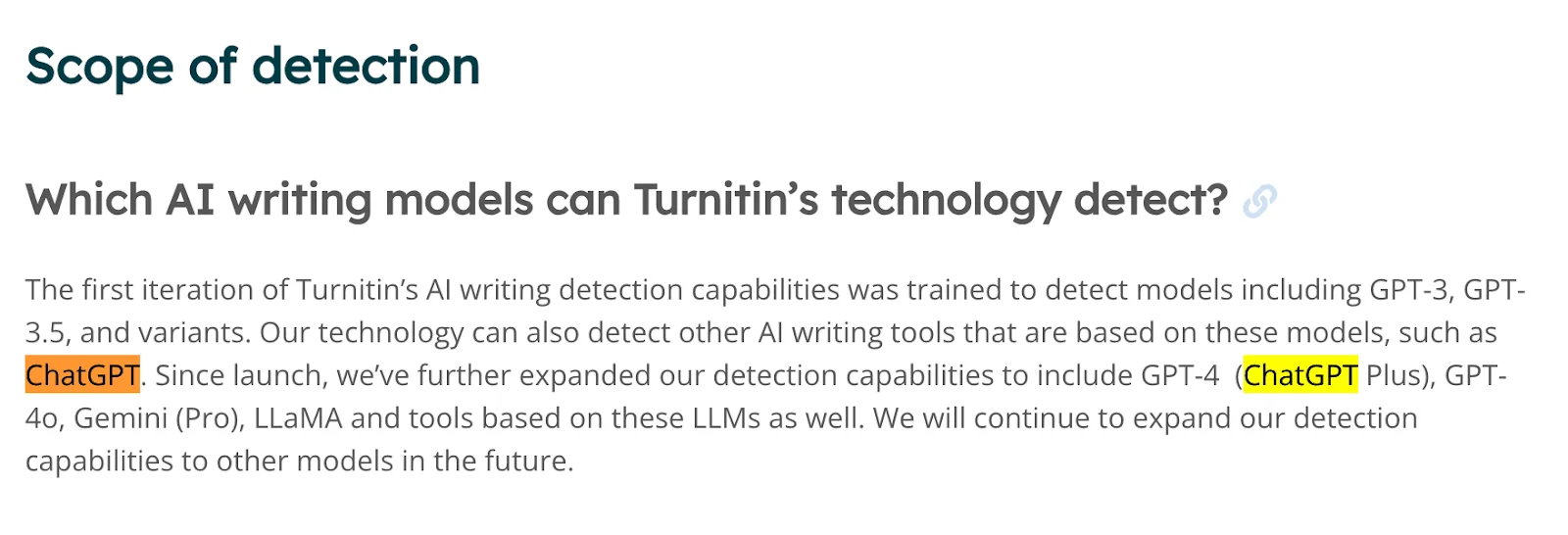
What ChatGPT Content Does Turnitin AI Detect? And How?
Turnitin’s AI detection isn’t just surface-level—it now classifies detected content into two distinct types, helping educators better understand what kind of AI involvement may be present in a student’s writing.
1. AI-Generated Content
This is the most straightforward detection type. It refers to text that appears to have been directly produced by a large language model (LLM) like ChatGPT. In other words, content that was likely copied and pasted into the document without major edits.
Turnitin flags this kind of content in cyan. The system looks for hallmark features of machine-generated writing: unnaturally perfect grammar, highly predictable phrasing, and patterns that follow algorithmic logic rather than human inconsistency.
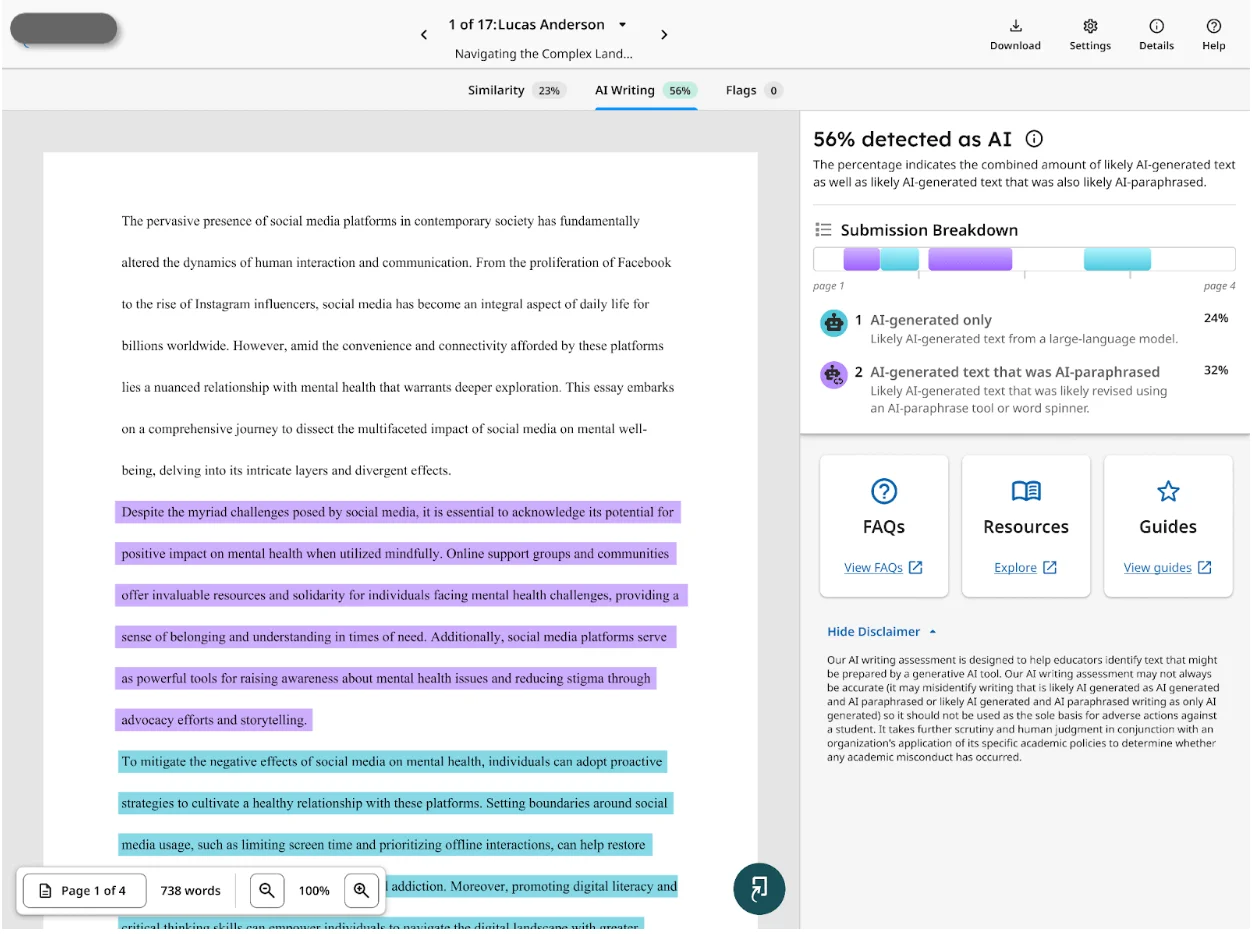
2. AI-Paraphrased Content
This is where Turnitin’s system shows more sophistication. Some students use AI tools like ChatGPT to generate content, and then run it through paraphrasing tools like Quillbot to disguise it.
Turnitin can now detect this two-step process in English-only submissions. These sections are flagged in purple in the report. The system recognizes that, while the wording has changed, the underlying structure, phrasing patterns, and sentence architecture still carry the signature of an LLM.
How Turnitin Segments and Scores AI Content
When you submit a paper, Turnitin breaks the text into small overlapping chunks, each containing about 2-3 sentences. This way, every sentence is checked with some context around it, not just on its own.
For each chunk, Turnitin’s AI model gives a score between 0 and 1. A score near 0 means the text is likely written by a human, while a score near 1 means it’s likely written by AI.
After scoring all the chunks, Turnitin averages these scores to figure out roughly how much of the whole paper might be AI-generated.
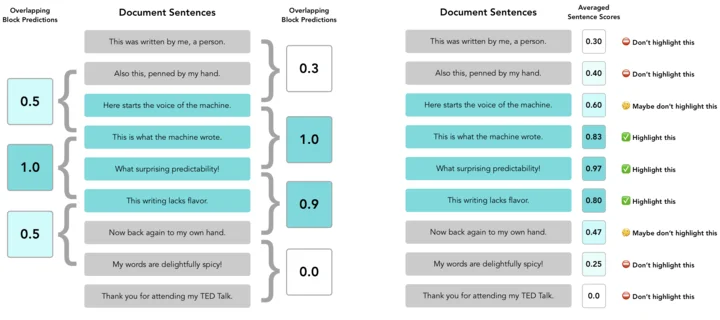
For the parts flagged as AI-generated, Turnitin applies another check to see if the text was rewritten or paraphrased by AI tools like Quillbot. This second model also scores the text to decide if it was just generated by AI or if it was AI-paraphrased.
Finally, Turnitin combines all these scores to give an overall estimate of how much of the paper is AI-generated and/or AI-paraphrased.
What If the AI Score Is Low?
Not all AI detections result in a full report. If less than 20% of a submission is flagged, Turnitin won’t display a precise percentage. Instead, it shows an asterisk (*%).
This means AI was detected, but the amount is too low to be confidently actionable. This safeguard reduces the chance of false positives, which is crucial for fairness—especially when small, common phrases may resemble AI output.
What About the Accuracy of Detecting ChatGPT?
Turnitin’s AI writing indicator aims to detect AI-generated content while minimizing false positives — instances where human-written text is mistakenly flagged as AI-generated. According to their data, the false positive rate is kept below 1% for documents with at least 20% likely AI content. This suggests that about 1 in 100 fully human-written papers might be incorrectly identified as containing AI-generated text.
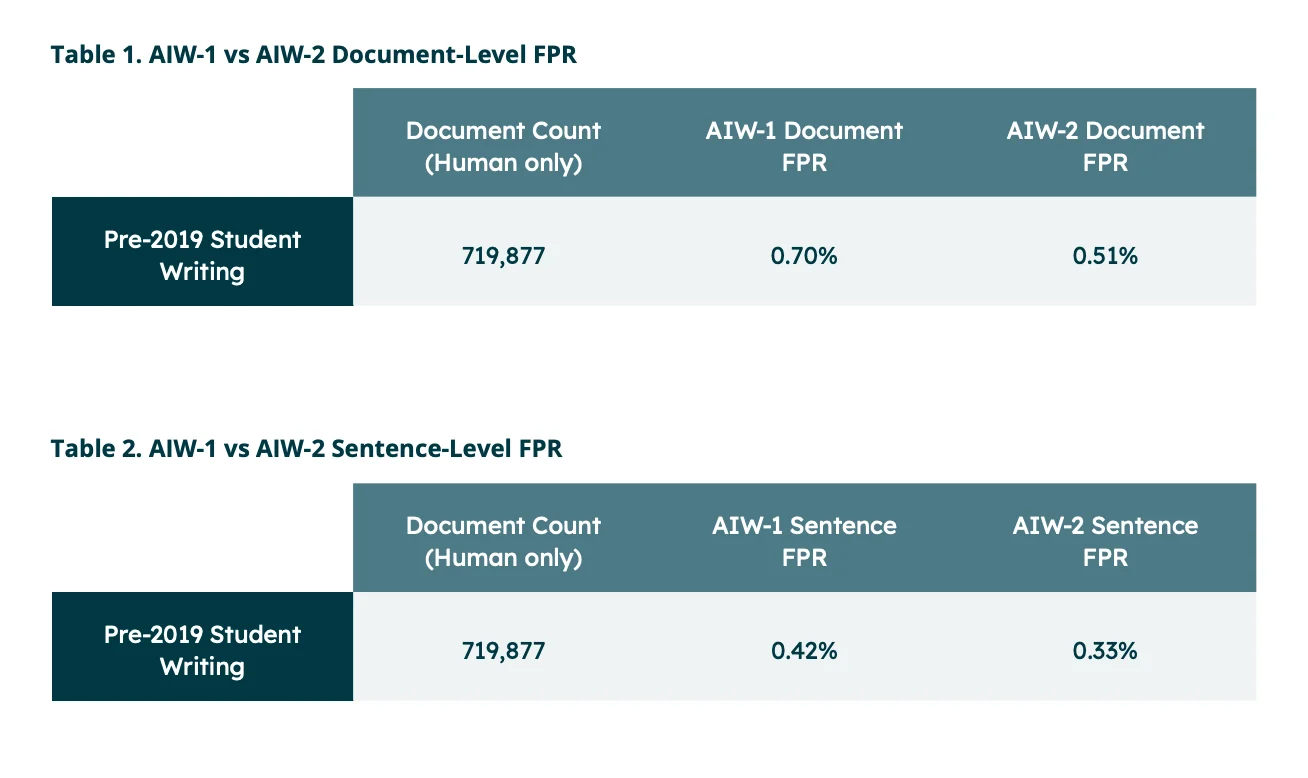
When it comes to AI paraphrasing detection—which analyzes text already flagged as AI-generated—the system demonstrates reasonable accuracy but is not infallible. Misclassifications can occur in two ways: either by labeling AI-generated but not paraphrased text as paraphrased, or by failing to recognize paraphrased AI text and marking it simply as AI-generated.
To reduce the risk of false accusations, Turnitin accepts a margin of error on the detection side, potentially missing up to 15% of AI-generated content in a paper. This means that if Turnitin reports 50% AI content, the actual figure could be closer to 65%.
Turnitin regularly updates its models using large datasets, including pre-ChatGPT academic papers, to monitor and maintain detection performance amid evolving AI technologies. Despite these efforts, detecting AI-generated text remains a complex challenge with inherent trade-offs between sensitivity and accuracy.
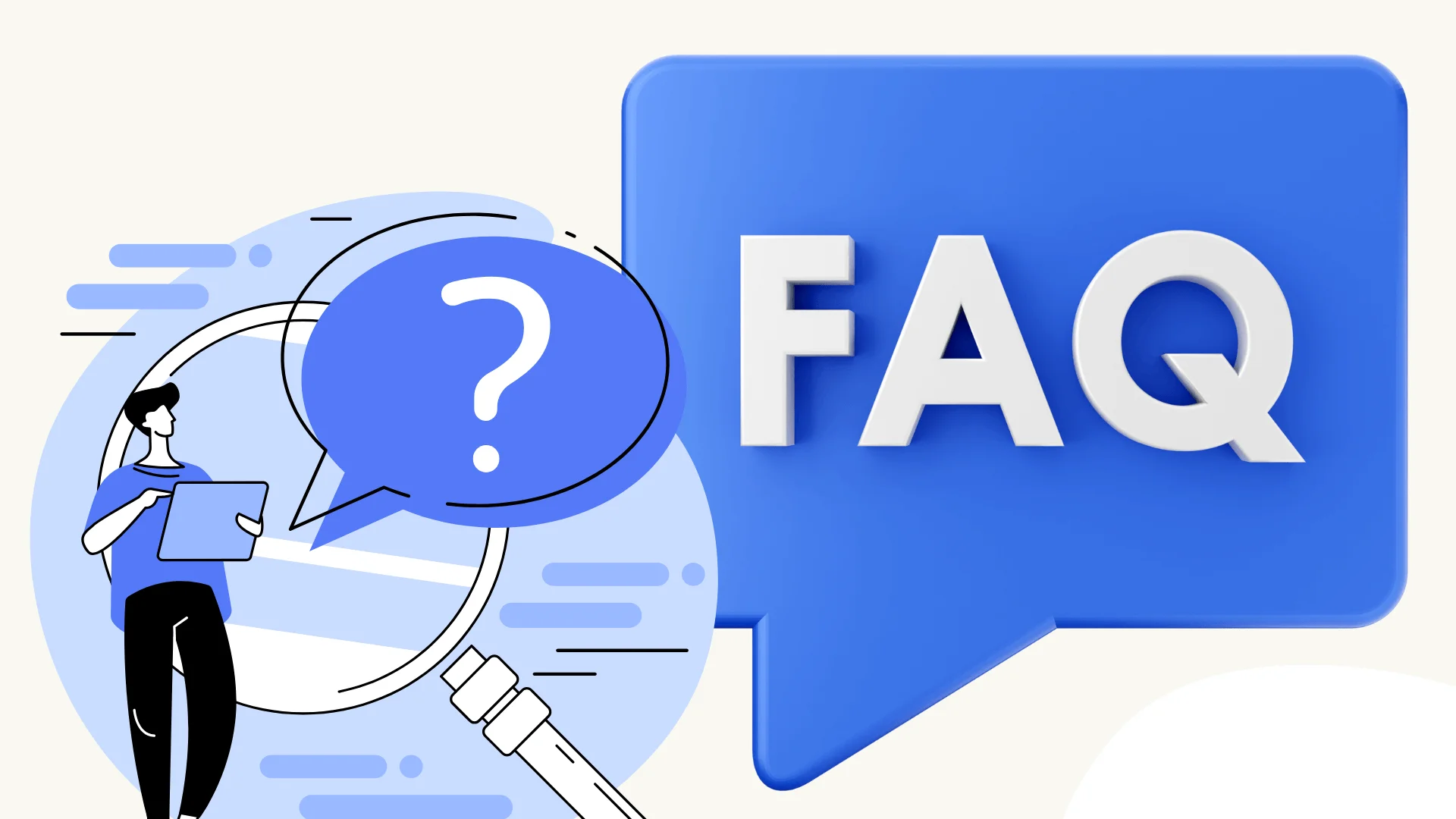
FAQ
Can Turnitin detect ChatGPT conversations or your browser history?
No. Turnitin cannot access or detect your ChatGPT chats or browser history. However, some tools can monitor behaviors like very fast typing or large amounts of pasted text during homework or paper submissions.
Does ChatGPT show up on Turnitin?
No. Turnitin detects whether content is AI-generated or AI-paraphrased if your instructor has enabled this feature, but it does not specify which AI tool (like ChatGPT) was used.
Can Turnitin detect ChatGPT paraphrases?
Yes, Turnitin can detect AI-paraphrased text. Using a reliable and trustworthy rewriting tool increases the chances that AI paraphrasing will be flagged.
Can Turnitin detect ChatGPT if you humanize the text?
Both AI models and Turnitin’s detection methods are constantly evolving. Whether Turnitin detects AI depends on how well the text has been “humanized” and if strong paraphrasing techniques are used.
Final Thoughts
Now you know that Turnitin can detect ChatGPT-generated content—and how it does it. While its AI detection technology is getting more advanced, it’s not flawless. Turnitin aims to balance accuracy with fairness, especially by avoiding false positives. Understanding how it works can help you make smarter, more responsible choices when submitting assignments.
